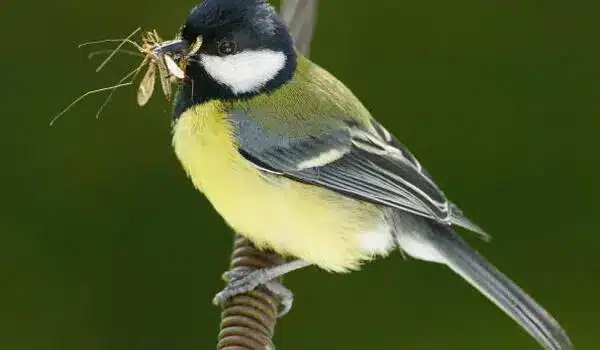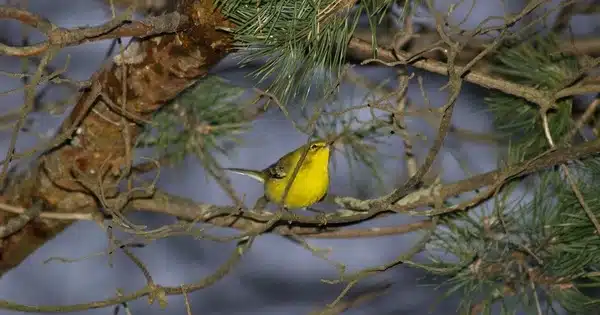Birders, sometimes known as birdwatchers, have long played an important part in bird conservation efforts by gathering important data on bird populations, behavior, and habitat usage. This information has been critical in helping scientists and conservationists monitor and conserve bird species and their environments. Bird conservation is being pushed to the next level with the integration of artificial intelligence (AI) and technology.
Big data and artificial intelligence (AI) are being used to simulate hidden patterns in nature, not only for individual bird species but for large ecological communities spanning continents. The models also follow each species’ whole yearly life cycle, from breeding to fall migration to non-breeding areas, and then back north during spring migration.
Big data and artificial intelligence (AI) are being utilized for the first time to simulate hidden patterns in nature, not just for one bird species, but for entire biological communities spanning continents. The models also follow each species’ whole yearly life cycle, from breeding to fall migration to nonbreeding grounds, and then back north during spring migration.
This method tells us uniquely which species occur where, when, with what other species, and under what environmental conditions. With that type of information, we can identify and prioritize landscapes of high conservation value – vital information in this era of ongoing biodiversity loss.
Courtney Davis
It all starts with the over 900,000 birders who record their sightings to the Cornell Lab of Ornithology’s eBird program, which is one of the world’s greatest biodiversity science projects. When paired with technological and artificial intelligence advancements – the same advancements that enable self-driving cars and real-time language translation–these sightings reveal more than ever about patterns of avian biodiversity and the mechanisms that underpin them.
The Cornell Lab of Ornithology and the Cornell Institute for Computational Sustainability collaborated on the creation and deployment of this innovative computational tool. This research has recently been published in the journal Ecology.
AI-powered tools can help birders identify bird species more accurately and quickly using features such as image recognition and audio analysis. This can lead to better data collection and monitoring efforts. AI can analyze large datasets of bird observations to identify trends and make predictions about population changes, migration patterns, and the impact of climate change on bird species.

“This method tells us uniquely which species occur where, when, with what other species, and under what environmental conditions,” said lead author Courtney Davis, a Cornell Lab researcher. “With that type of information, we can identify and prioritize landscapes of high conservation value – vital information in this era of ongoing biodiversity loss.”
“This model is very general and is suitable for various tasks, provided there’s enough data,” Gomes told me. While this work on joint bird species distribution modeling is primarily concerned with predicting the presence and absence of species, we are also developing models to estimate bird abundance — the number of individual birds per species. We also hope to improve the model by including bird cries in addition to ocular observations.”
According to Daniel Fink, senior author of the paper and researcher at the Cornell Lab, cross-disciplinary cooperation like this are essential for the future of biodiversity protection.
“The task at hand is too big for ecologists to do on their own need the expertise of our colleagues in computer science and computational sustainability to develop targeted plans for landscape-scale conservation, restoration, and management around the world.”
















